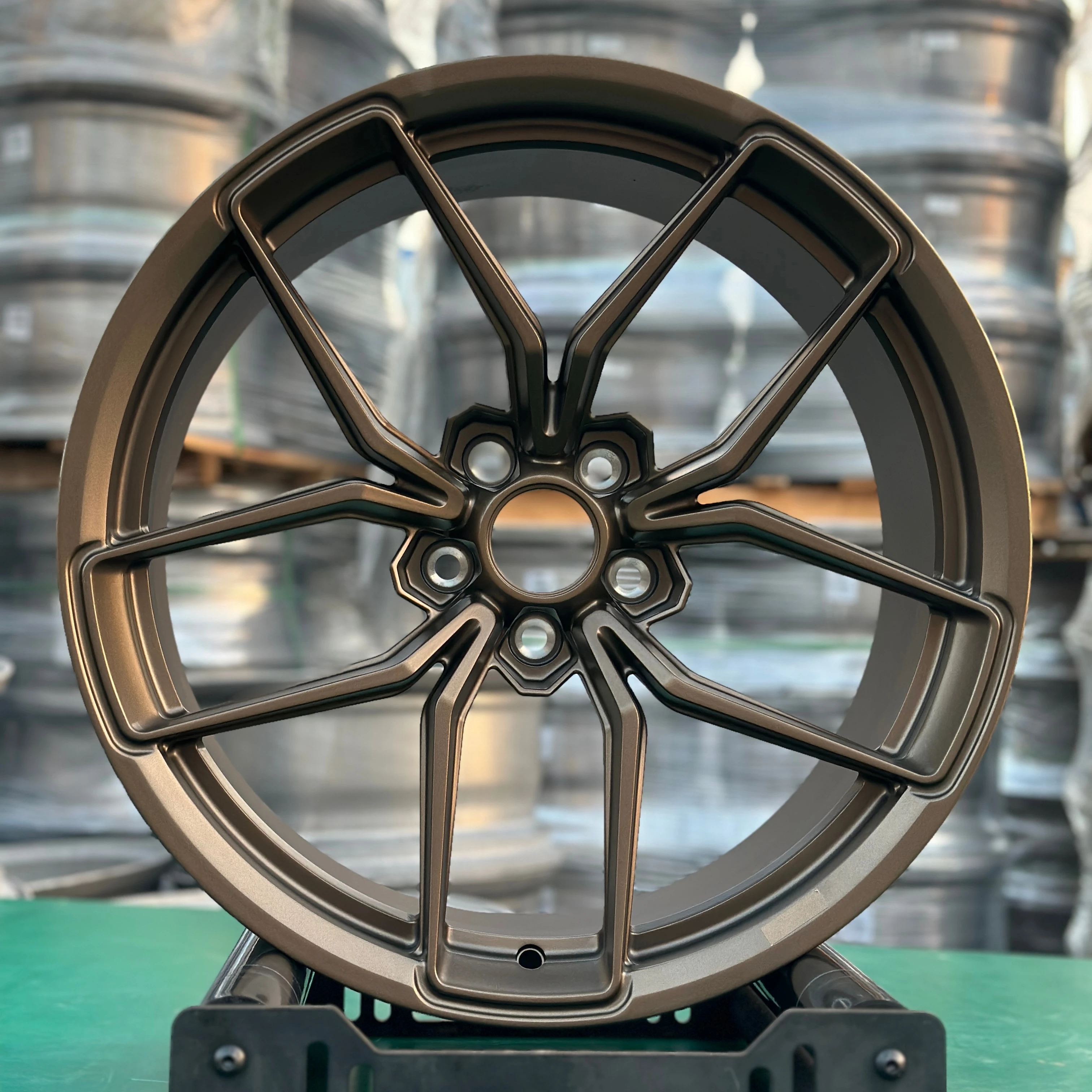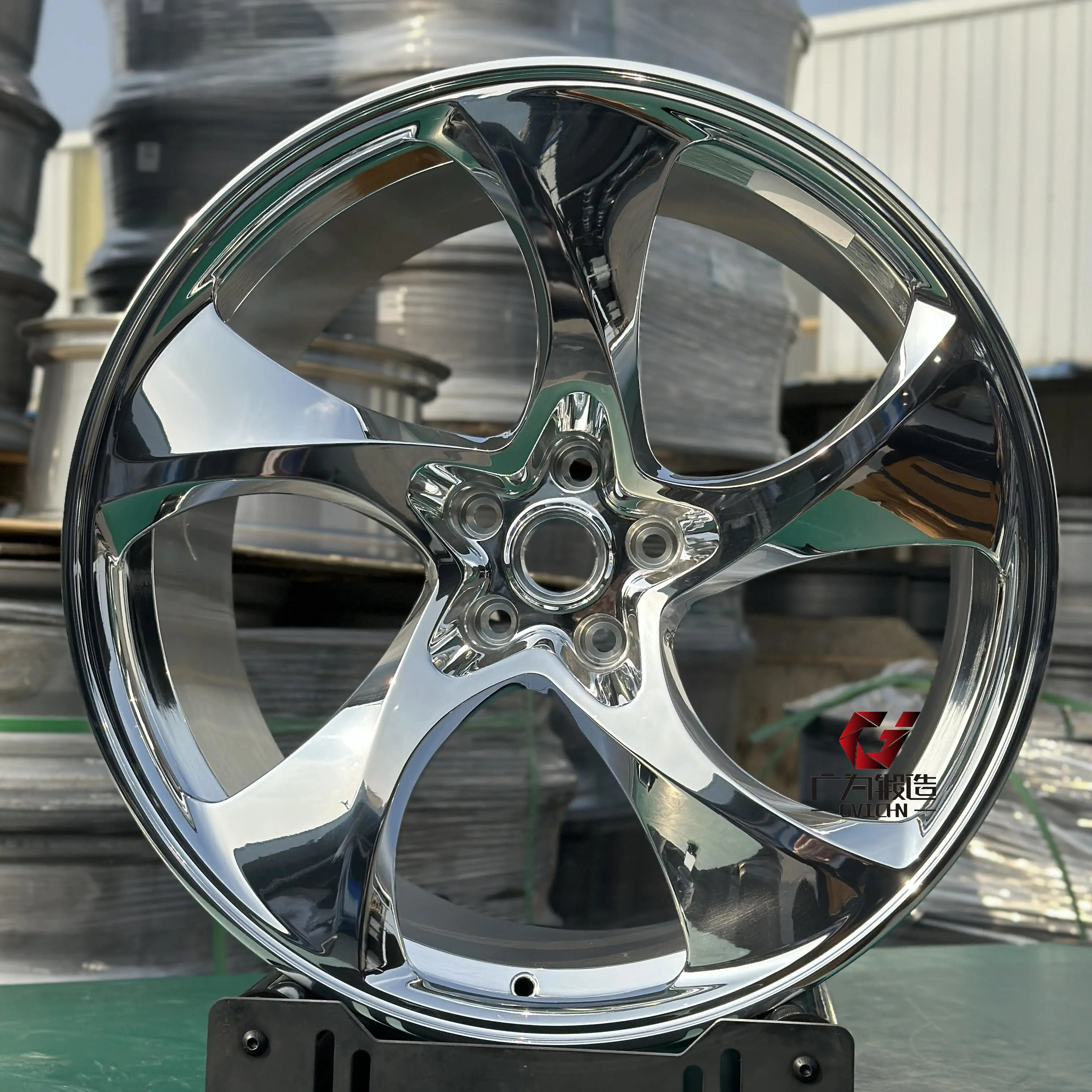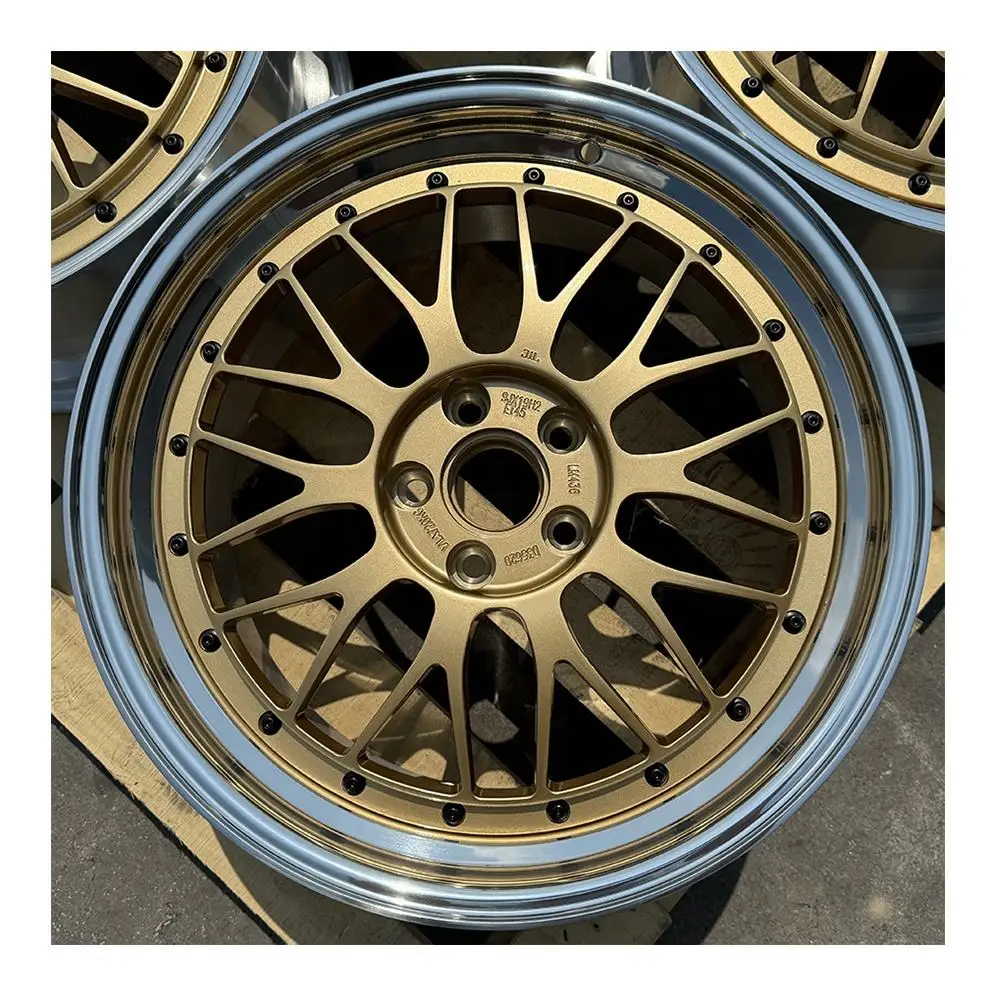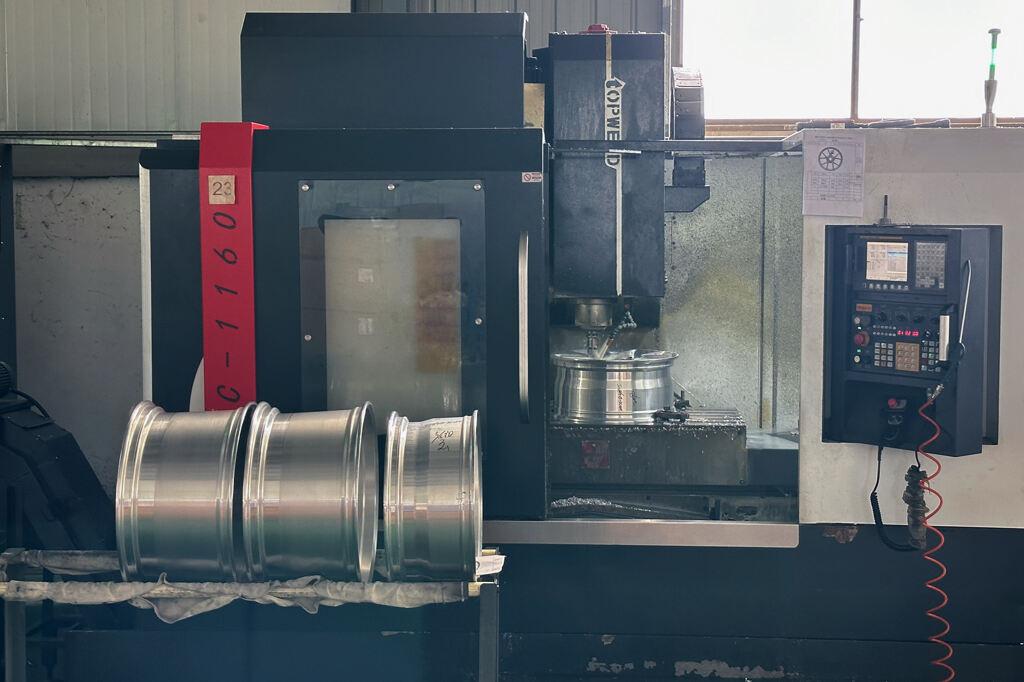Embracing Simplicity: The Beauty of Monoblock Design
The Fundamentals of Monoblock Design
Defining Monoblock: Seamless Structure & Functionality
A monoblock design basically means building something as one solid piece instead of putting parts together later. These single-piece constructions tend to be way tougher than older models made from several separate pieces. When there are no joints or seams to worry about, the whole thing just holds up better under tough conditions because those weak points where things might break simply don't exist anymore. The construction world has really caught on to this idea, especially when making stuff that needs to last through rough treatment. Think about heavy duty truck wheels or those massive steel beams used in bridge building projects. Manufacturers love seeing how these monoblock creations handle extreme loads without falling apart. On the flip side, most traditional designs still rely on joining different parts together somehow, whether through welding, bolting, or other methods. But all those connections create vulnerabilities over time, leading to more frequent repairs and replacements down the road.
Historical Evolution in Automotive and Architecture
Monoblock design has come a long way in both cars and buildings, driven by constant improvements in materials and manufacturing techniques. Back in the mid 20th century, car makers started moving away from traditional wheel designs toward monoblock wheels because they lasted longer and performed better on roads. Architects followed suit, using monoblock components in their constructions to create stronger foundations while maintaining sleek looks. Think about those rugged all terrain tires or heavy duty jeep rims we see today they're perfect examples of how monoblock technology stands up to harsh environments year after year. Real world testing shows these designs hold up much better than older models, especially when exposed to extreme weather or rough handling. As demands change across industries, manufacturers keep refining monoblock applications to meet new challenges without compromising quality or durability.
Key Advantages Over Multi-Piece Alternatives
Monoblock designs beat out multi-piece options in several ways because they're lighter, stronger, and simpler overall. Weight savings matters a lot in cars where every pound counts for better gas mileage and handling on the road. The real strength comes from having no seams or joints since the whole thing is cast as one piece. This makes them stand up better against impacts and heavy pressure, something that matters when talking about off-road wheels and tires that get tossed around in rough terrain. Simpler design also means less work down the road. Fewer components just plain wear out less over time. According to recent reports from manufacturing associations, companies switching to monoblock construction see anywhere from 15% to 30% improvements in durability while cutting maintenance costs by about the same amount. Most mechanics will tell anyone who asks that these single-piece units just last longer and perform better than the older style multi-part designs.
Monoblock in Automotive Excellence
Nissan Note's Hubcaps: A Case Study in Geometric Precision
Take a closer look at the Nissan Note's wheel covers and there's something interesting going on with their shape. The designers clearly put thought into making these things do double duty. They're not just decorative - they actually help cut down wind resistance which means better gas mileage for drivers. When air flows past those specially shaped caps, it creates less drag around the wheels. Nissan engineers told us that getting the geometry right was crucial for keeping turbulence at bay while driving. What might seem like small details make a real difference in how the car handles on the road. And let's face it, nobody wants their ride bouncing all over the place because of poorly designed hubcaps. These little components show just how much goes into making even seemingly minor parts work together for both looks and performance.
GVICHN Forged Wheels: Off-Road Rims for All-Terrain Performance
GVICHN forged wheels really stand out when it comes to off-road performance. They come packed with features that matter most when tackling rough terrain. The company uses some pretty impressive stuff like high grade aluminum alloys which means these wheels can take a beating without breaking down. This matters because nobody wants their wheels crumbling apart on rocky trails or muddy paths. What's great is that these materials make the wheels tough while keeping them light enough so vehicles handle better and burn less fuel. People who actually put these through their paces tell stories about how they hold up under extreme stress during serious off-road adventures. Designed right from the start to work with all terrain tires, GVICHN wheels show exactly why the brand has built such a solid reputation among those who need reliable equipment no matter what kind of dirt they're driving over.
Monoblock vs. 3-Piece Wheels: Durability Under Pressure
Looking at monoblock versus traditional three piece wheels, one thing becomes clear pretty quickly durability is where they really differ. Monoblocks are made from just one solid chunk of metal, which gives them much better structural strength according to those crash tests and stress evaluations we see in engineering reports. The real world evidence shows these single piece designs handle intense pressure situations much better because there's no weld line weakening the structure. Three piece wheels definitely have their place though. Sure they can be customized all sorts of ways, but when it comes to handling serious road punishment or track days, most mechanics will point towards monoblocks for their toughness and lower need for repairs over time. That said, if someone wants something that looks good and fits their car perfectly without breaking the bank, three piece options still win hands down for flexibility and style.
Architectural Applications of Monoblock Design
Black Marble Kitchen Monoblock: Harmonizing Stone and Function
When it comes to kitchen design, black marble monoblock units bring together style and practicality in ways few materials can match. The look is simply stunning these days because there's this smooth, uninterrupted surface without any unsightly seams showing through. Beyond looks though, black marble stands up well against heat from pots and pans, plus it wipes clean easily after messy baking sessions or dinner prep. That's why so many homeowners opt for it on their countertops despite the higher price tag. Looking at what's happening in interior design circles right now, monoblock kitchens have become something of a status symbol among luxury properties. Top designers love incorporating them into modern homes where form meets function matters most to discerning clients who want everything to look good while still working properly day after day.
Material Innovation: From Jeep Rims to Luxury Countertops
Monoblock design really represents something special when it comes to materials science. We see them everywhere from tough automotive parts like jeep wheels all the way to fancy home features such as upscale kitchen countertops. For cars, especially those built for rough terrain, manufacturers rely heavily on strong alloys and composite materials because they just hold up better than traditional options. These same properties make them great choices for home improvement projects too. Take granite-like composite stones used in premium countertops for instance. They look amazing while lasting decades without cracking or wearing down. The construction industry has noticed this trend and many homeowners now demand these advanced materials instead of standard granite or marble. As a result, both auto manufacturers and home builders are constantly looking for new ways to incorporate these versatile materials across different product lines, creating products that perform better and last longer than ever before.
Hidden Practicality in Modern Aesthetics
Monoblock designs stand out because they mix modern looks with practical features that aren't immediately obvious. These designs definitely catch the eye with their smooth, uninterrupted appearance but there's more going on beneath the surface. Take modern buildings for instance - some facades actually use monoblock components that do two jobs at once, looking good while also being structurally efficient. Think about things we see every day too. All terrain tires and those rugged off road rims are perfect examples. They're built tough for real world performance yet still manage to look pretty cool. Design professionals have noticed something interesting happening lately. People want stuff that works well but also looks nice. There seems to be a trend where form and function aren't competing anymore but working together instead.
Durability Meets Aesthetics
Structural Integrity for Off-Road Tires and Heavy-Duty Use
Monoblock designs stand out because they have amazing structural strength, something that matters a lot when talking about off road tires and heavy duty work. Manufacturers build them with stuff like reinforced alloys and composite materials that make them tough and long lasting. What makes these wheels so good is how solid they are built. Industry pros often point out that monoblock wheels perform really well even in rough terrain situations. Take off road tires for example the monoblock design helps them survive harsh environments while still being efficient enough for tough jobs. These kinds of designs last longer too, and can take on serious weight loads without any issues regarding safety or how they actually perform.
Design Flexibility: From Matte Lacquer to Natural Stone Finishes
Monoblock designs come in all sorts of finishes these days, from simple matte lacquers right up to fancy looking natural stone surfaces. Designers love how they can match what looks good with what actually works in real spaces. Take those big new buildings going up everywhere lately, many architects are putting natural stone finish monoblocks into both inside walls and outside facades because people want something special but still practical in their homes and offices. The selection keeps expanding every year so folks shopping around find themselves facing way too many choices. This has definitely shifted what matters most in the market place nowadays - people care about making things look exactly how they want them to. And honestly? More and more home owners along with professional designers seem genuinely excited about all these different ways to customize monoblock appearances for their projects.
Maintenance Considerations for Long-Term Performance
Keeping monoblock designs in good shape really matters if we want them to last over time and keep performing well. The materials they're made from just naturally require less maintenance than older style designs. Take a look at those finishes - matte lacquer works wonders against everyday scratches, while natural stone stands up surprisingly well to regular use without needing constant attention. Most people find that simple weekly cleaning with mild soap and water does the trick for most surfaces. For natural stone specifically, giving it a seal once every few months helps maintain that fresh look and protects against stains. Following what the manufacturer says about care makes all the difference too. When properly maintained, these blocks manage to combine looks with practicality better than many alternatives on the market today.
Recommended Products
 Hot News
Hot News
-
Forged Carbon Products
2024-05-21
-
Forged Off-Road Accessories
2024-05-21
-
GVICHN Introduces Revolutionary Forged Two-Piece Product
2024-05-21







 ONLINE
ONLINE